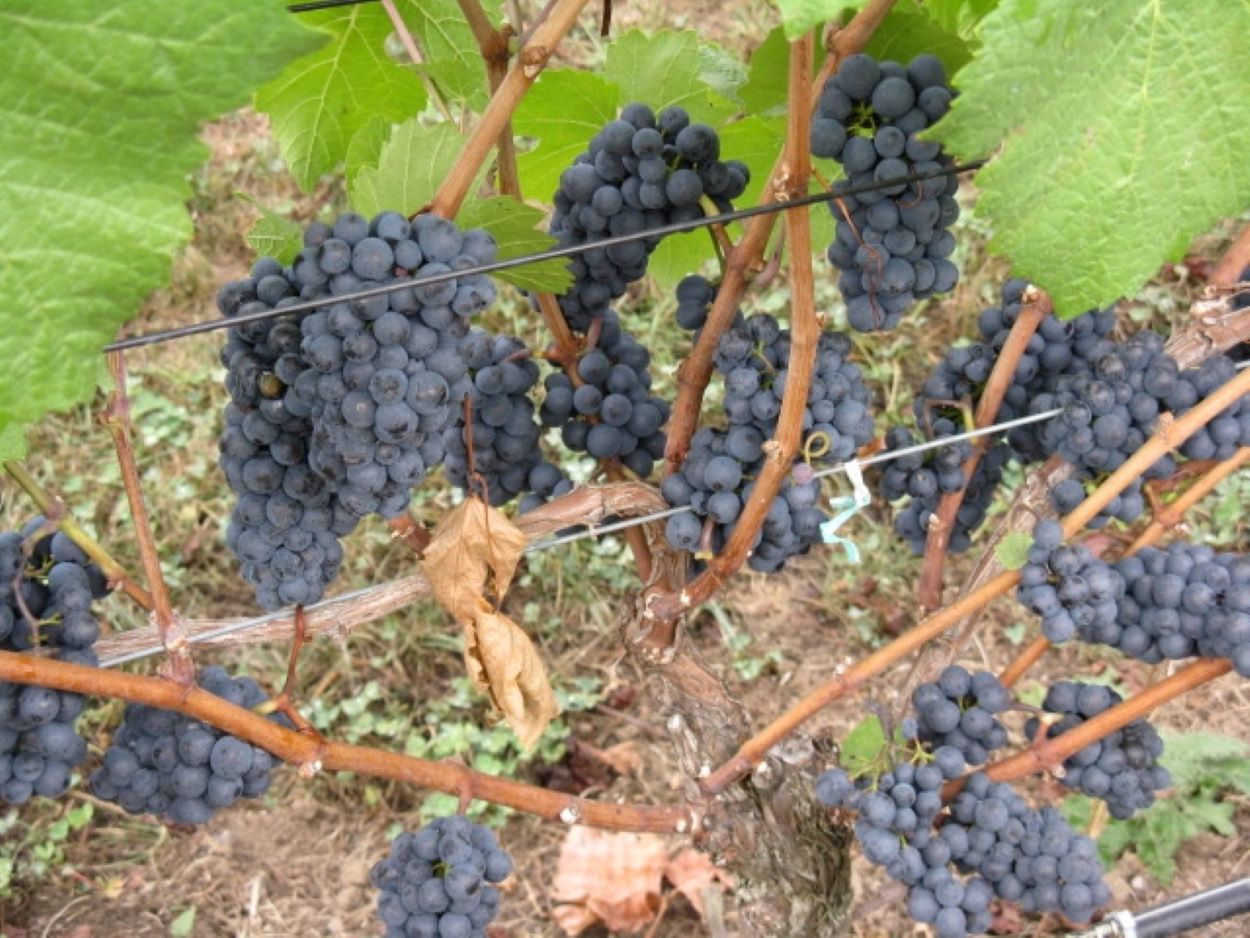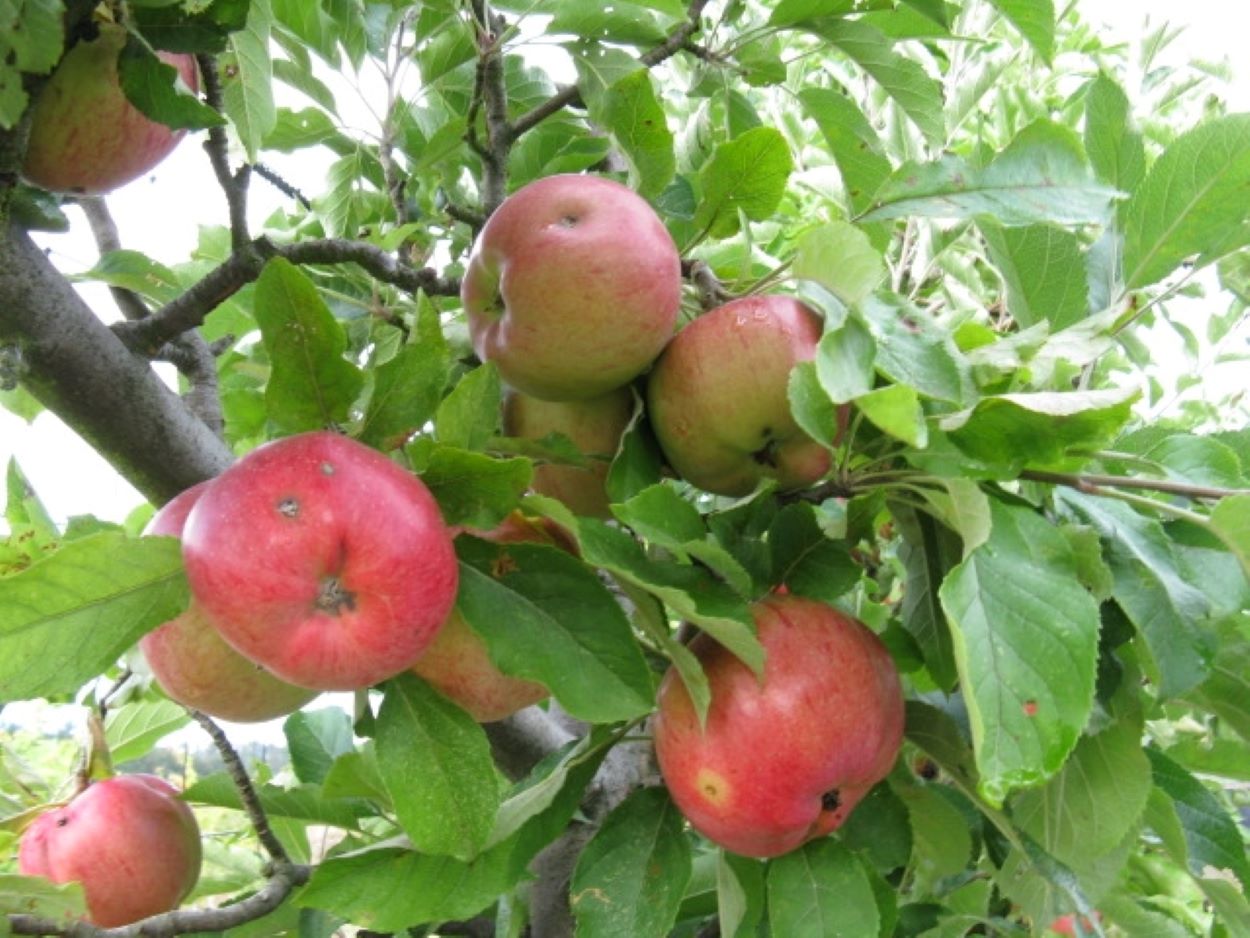Late Winter Fruit Pruning

With the 2024 growing season on the horizon, you may wonder what tasks you can do now to optimize your fruit production this year. While you still have some leeway regarding suggested garden maintenance in February, one practice that should be addressed is pruning the many varieties of fruiting plant specimens. This includes apples, pears, peaches, nectarines, cherries, plums, grapes, raspberries, and blackberries. Why is this, and what are the best ways to implement it?
Aside from adding general structure to a plant, pruning allows for weight control on stressed branches, provides adequate light to fruit for proper development, and reallocates nutrients within plants. In layperson’s terms, it keeps your plants healthy and helps produce quality fruit.
We prune these woody fruit specimens in late winter because of that reallocation of nutrients. Since the plant is still fully dormant, it will not redirect its energy towards producing more shoots and foliage like it would if it were actively growing. Instead, when it begins growing again, it will grow as though it hasn’t “noticed” being pruned –instead, putting that energy siphon towards producing quality fruit.
However, there are a few caveats and nuances to this pruning. Wood that is frozen should not yet be pruned. It should be thawed but still dormant. Pruned while frozen, the splintering and cracking of internal plant structures may do more harm to the plant than good. When several consecutive days of above-freezing temperatures have occurred, this will indicate that your plant is likely in the clear for pruning.
Also, remember that not all fruit plants should be treated alike. Apple trees tend to get overgrown, which means they require heavier pruning than others. Peaches and nectarines are only produced on the previous year’s branch growth edges. If they are not pruned selectively and meticulously, the weight these fruits bear on the plants will get further and further away from the center of the trees, increasing the likelihood of tree splitting. As for cherries, plums, and pears, they generally only require light pruning for annual healthy plant upkeep.
Blackberries and raspberries (excluding red raspberries, which have a different growth habit and pruning schedules) should have their fruit-bearing canes tip-pruned back in late winter to control plant form and size. These fruiting canes are the canes that grew last year but have not produced fruit yet.
Grape vines will require some of the heftiest pruning of all fruit, with up to 80%-90% of their growth requiring removal in late winter. This step is essential for grape production, as the fruit occurs solely on new vine growth. As such, “fruiting spurs” for fruit production and “renewal spurs” for next year’s fruit are all that should remain. Fruiting spurs are branches cut back to 5-6 buds and renewal spurs are branches cut back to 1-2 buds. While somewhat meticulous, thoughtful management of your fruit production will reward you with stronger, healthier plants and higher yields.

Anthony Reardon, Horticulture and Small Farms Agent, 2023
Have questions?
The Garden Hotline is staffed by trained EMG volunteers and Extension staff who will assist you with questions.
Phone: (913) 715-7050
Email: garden.help@jocogov.org